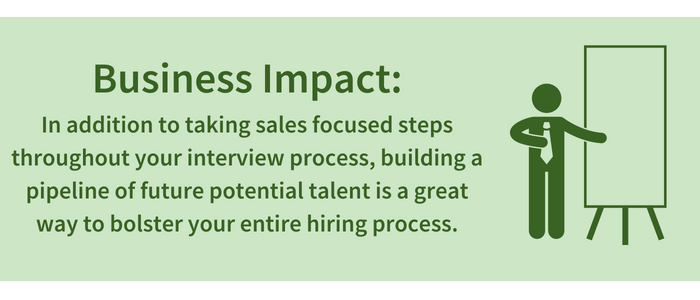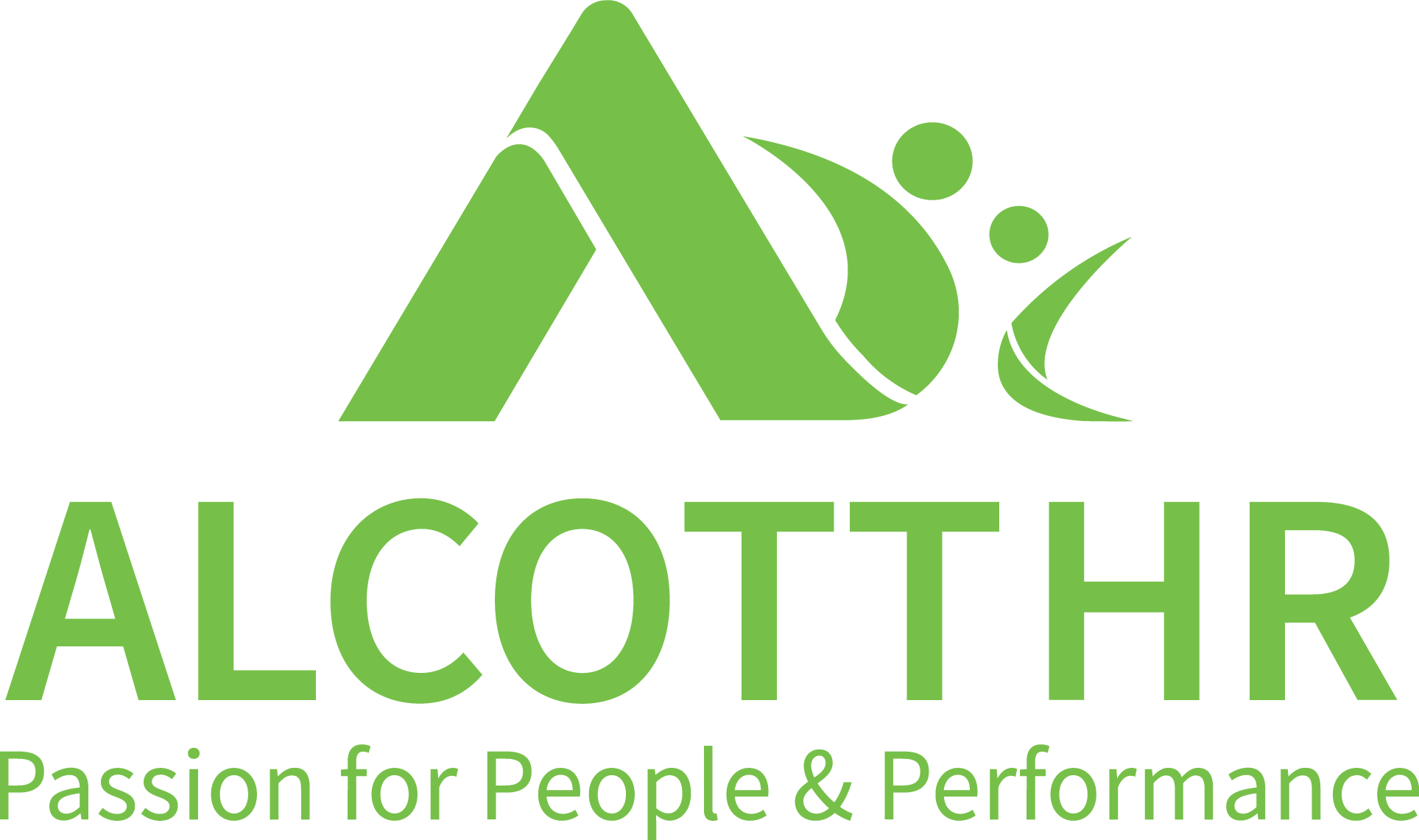Your Interview Process Should Look More Like Your Sales Process

In sales, a successful professional spends hours, days and sometimes years growing sales leads that they then hope to convert to a
sale. In recruitment, it is important to begin to have a similar mindset for your hiring process. We are currently in an extremely competitive hiring market and as a recruiter it is key to begin thinking like a sales & marketing professional during the hiring process, and to be proactive when planning for future hires.
HR thought leader Kim Shepard advises that some of the “sales-like” steps that recruiters can take during the hiring process are as follows:
1. Define the value proposition of your company for job candidates.
2. Reconfigure that value proposition into an appealing message.
3. Disseminate that message to targeted prospects via job boards, social media, etc.
4. Qualify and manage “candidate leads” as they come in.
5. Pursue the most promising candidates and close the deal
A company’s “Value Proposition” as the full mix of benefits or economic value which it promises to deliver to current and future customers who will buy their products and/or services. When recruiting new employees for a company, it is important to have a clear-cut value proposition that you can use to market the role and company to candidates.
Once you have determined your value proposition you can take that information and turn it into written messaging to use for your job posting. In today’s hiring market recruitment needs to move from reactive to proactive. Rather than awaiting applicants to your job posting it is also important to proactively contact passive job seekers about the role. This messaging needs to be creative to catch the attention of potential applicants and draw additional interest to your role and company.
Candidate leads can be compared to sales leads. It is important to move quickly and qualify them to see if they would be a good fit for the role. During a recent SHRM conference, Thad Price, CEO at Talroo, shared that there is a very short life cycle of online sales leads. He explained that if you connect with a consumer within one hour versus 24 hours there is a 60x increase in efficiency. This can of course be compared to candidates! If you receive an application or get a response from a candidate you contacted about the role, it is important to think like a sales professional and respond immediately (or as soon as possible) to maintain that level of interest.
Once a strong candidate is identified, it is important to keep them fully engaged in communication every step of the way. You want them to feel that they are important and that they are being pursued as an important add to your company.
In addition to taking sales focused steps throughout your process, building a pipeline of future potential hires and talent is another great way to stay ahead of the curve.
An Applicant Tracking System (ATS) is a great way to manage your pool of active candidates for each position, automate your recruiting process, and easily post your job to multiple job boards. Taking your ATS a step further and using it as an avenue to build and manage a pipeline of future talent is key. As you are speaking with candidates, if they don’t fit the mark exactly for current needs, think about potential recruiting needs for the future. Create talent pools in the ATS and keep in touch with candidates to make them aware of new opportunities with your organization. This is especially helpful if your company regularly hires for the same types of positions.
Overall, this hiring market is one of the most competitive that recruiting professionals have seen in decades. As we navigate this new territory it is so important to continue to shift our tactics and our mindset and to think more like sales and marketing professionals as we recruit new candidates.
Written by
Kelly Sundberg

